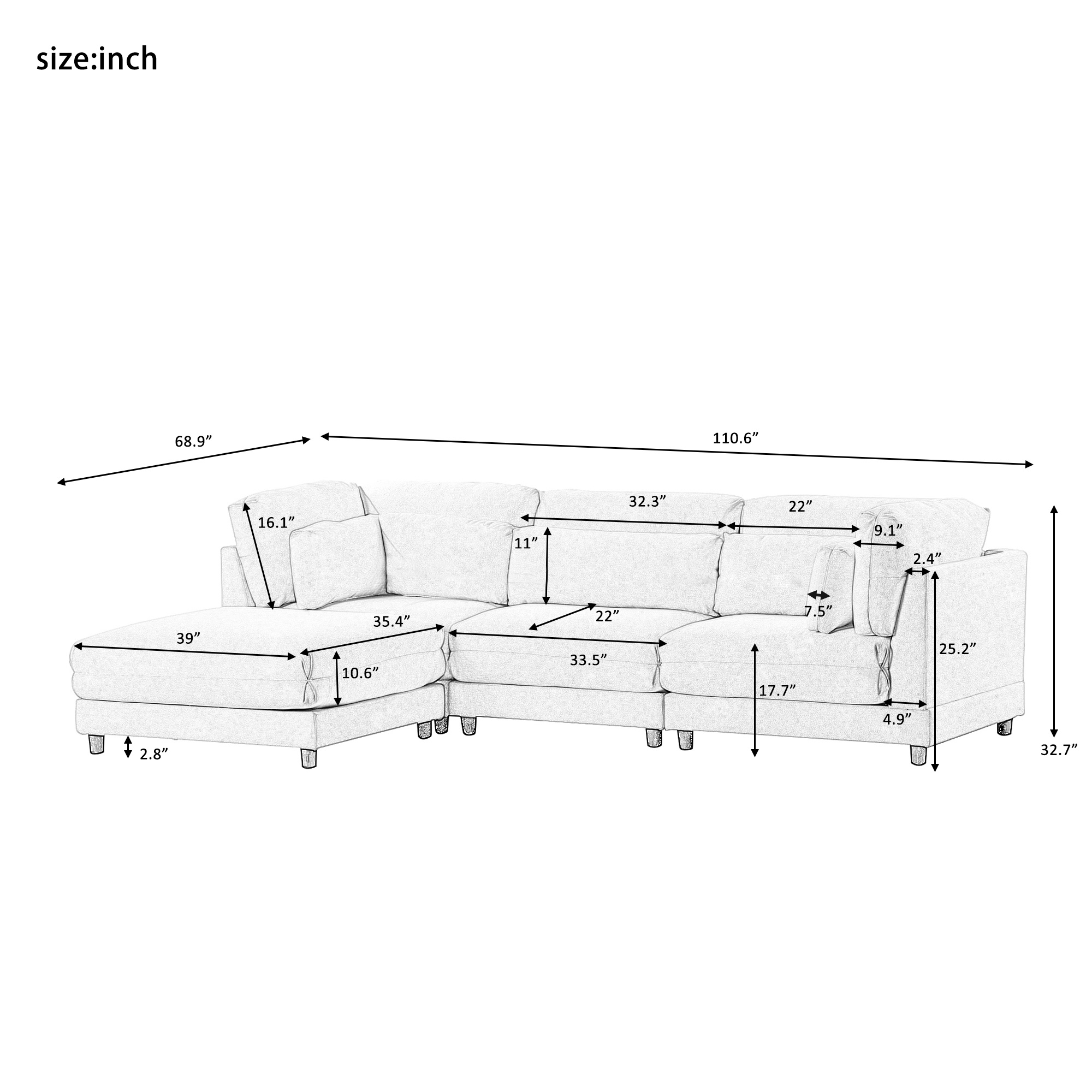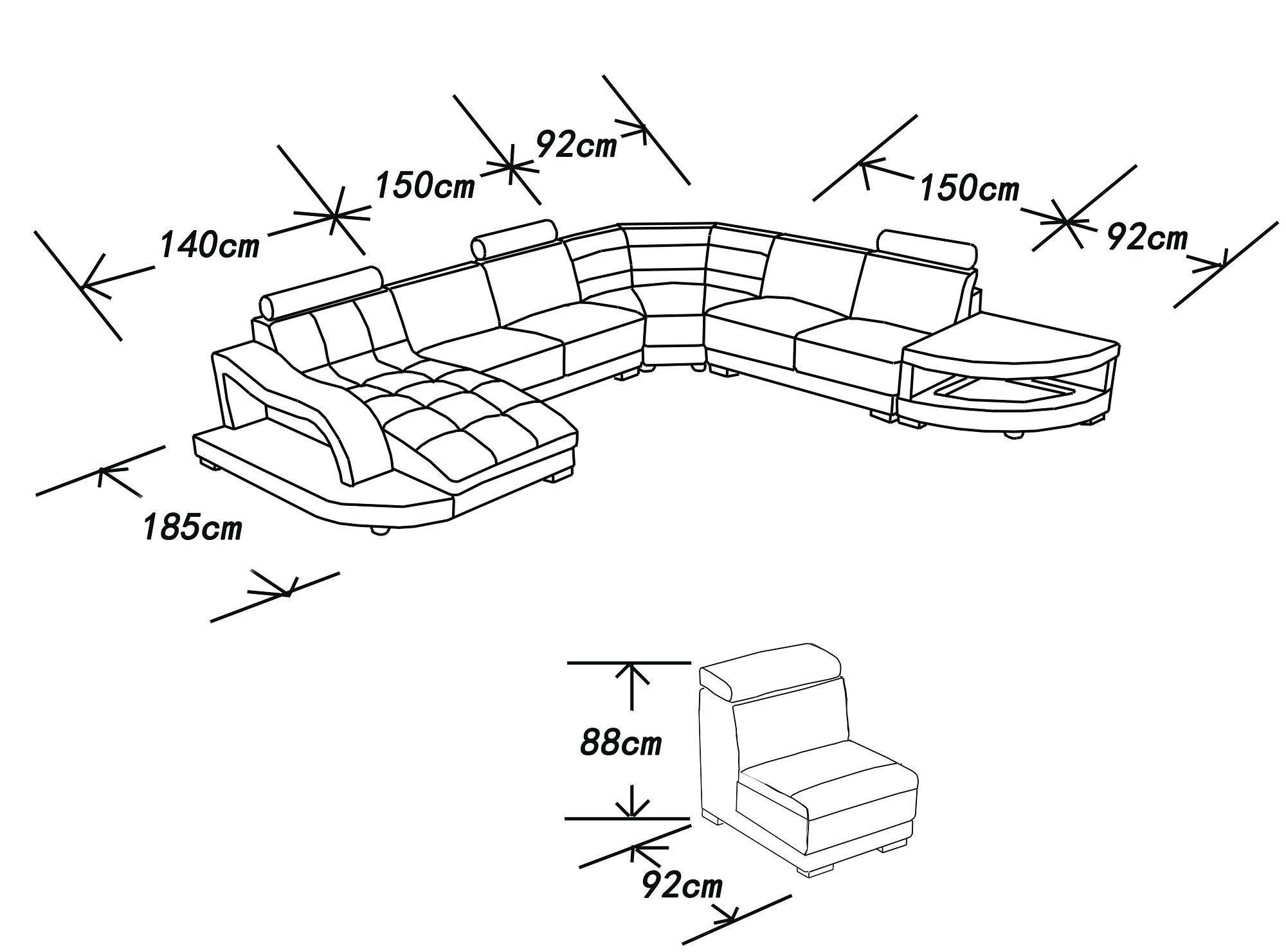Title: Mastering the Art of Hand-Drawing Sofa Plan Layouts: A Comprehensive Guide
This article provides a comprehensive guide on mastering the art of hand-drawing sofa plan layouts. It covers the essential elements to consider when designing sofa plans, including proportion, balance, and harmony. The article emphasizes the importance of understanding the principles of design and using them effectively in the creation of sofa plans. It also provides practical tips on how to create accurate and efficient sketches and how to use various tools and techniques to enhance the quality of the final product. Additionally, the article discusses the role of software in furniture design and offers suggestions on how to use it effectively in the design process. Overall, this guide aims to help readers improve their skills in hand-drawing sofa plan layouts and enhance their ability to create beautiful and functional designs. By following these tips and guidelines, readers can develop their creative vision and produce stunning furniture designs that are both aesthetically pleasing and practical.
When it comes to designing a living room or any indoor space, the sofa is often the centerpiece that brings comfort and style. As such, it's crucial to have a clear understanding of how to plan the layout of a sofa in a room. This guide aims to provide you with an in-depth look into the process of creating a sofa plan layout using hand-drawing techniques. Whether you're an experienced designer or a beginner, these steps will help you bring your vision to life. Let's dive right in!

Step 1: Determine the Room's Dimensions
Before you start drawing, it's essential to know the dimensions of the room where the sofa will be placed. This information will determine the size and shape of the sofa, as well as its position relative to other furniture and accessories. Take accurate measurements of the room's length, width, and height, and use them as a reference when creating the plan.
Step 2: Choose the Furniture Style and Size
Next, decide on the style and size of the sofa. Consider the overall aesthetic of the room and choose a sofa that complements it. Additionally, think about the number of people who will be using the sofa and their preferred seating positions. This information will influence the size and shape of the sofa, as well as its placement within the room.
Step 3: Sketch the Room's Basic Shape
Using light pencil marks, sketch the basic shapes of the walls, windows, and any other features in the room. This step will help you visualize how the furniture fits into the space and identify any potential obstacles or limitations. Don't worry about being too detailed at this stage; focus on getting a rough idea of the layout.
Step 4: Plan the Sofa's Position

Now that you have a general idea of the room's layout, it's time to place the sofa. Start by determining the focal point of the room (typically a piece of furniture or a feature like a fireplace) and consider how the sofa will relate to it. Think about factors like traffic flow, natural light sources, and personal preferences when deciding on a placement. It's important to create a balanced and harmonious layout that enhances both function and aesthetics.
Step 5: Add Details and Accessories
With the main elements of the layout in place, it's time to add details and accessories to complete the design. This could include adding throw pillows, rugs, side tables, or other decorative items that complement the sofa and enhance the overall look and feel of the room. Remember to consider scale and proportion when adding these elements, as they should blend seamlessly into the overall design.
Step 6: Review and Revise
Once you've finished drawing your沙发平面图手绘, take a step back and review your work carefully. Look for areas where things might not be quite right or where improvements can be made. Iterate on your draft as necessary until you're satisfied with the final product. Remember that designing is an iterative process, and it's okay to make changes along the way.
In conclusion, creating a hand-drawn sofa plan layout takes time and effort, but it can be immensely rewarding. By following these six steps, you can develop your skills in spatial planning, draw attention to details while ensuring balance and harmony in your designs. Whether you're working with a client or designing for your own home, having a comprehensive plan in place can help ensure that your spaces are functional, stylish, and comfortable. So go ahead, grab your pencils, and let your creativity flow!
Articles related to the knowledge points of this article:
Title: Unconventional Tie Knotting Techniques: A Guide to Casual Tie Styles
Title: Exploring Various Ways to Tie a Scarf: A Guide to Fashion and Function
The sizing of winter coats: A comprehensive guide



